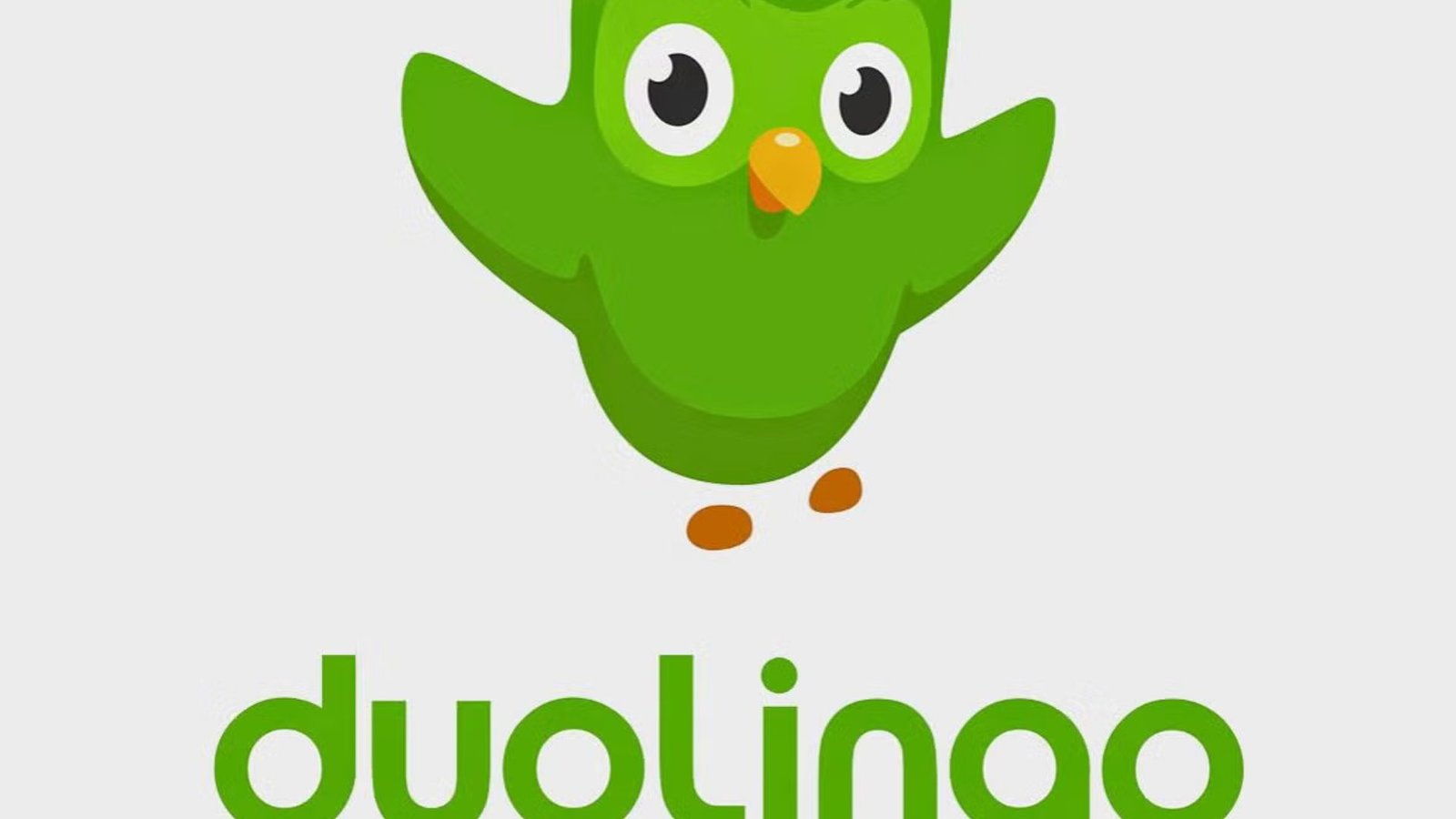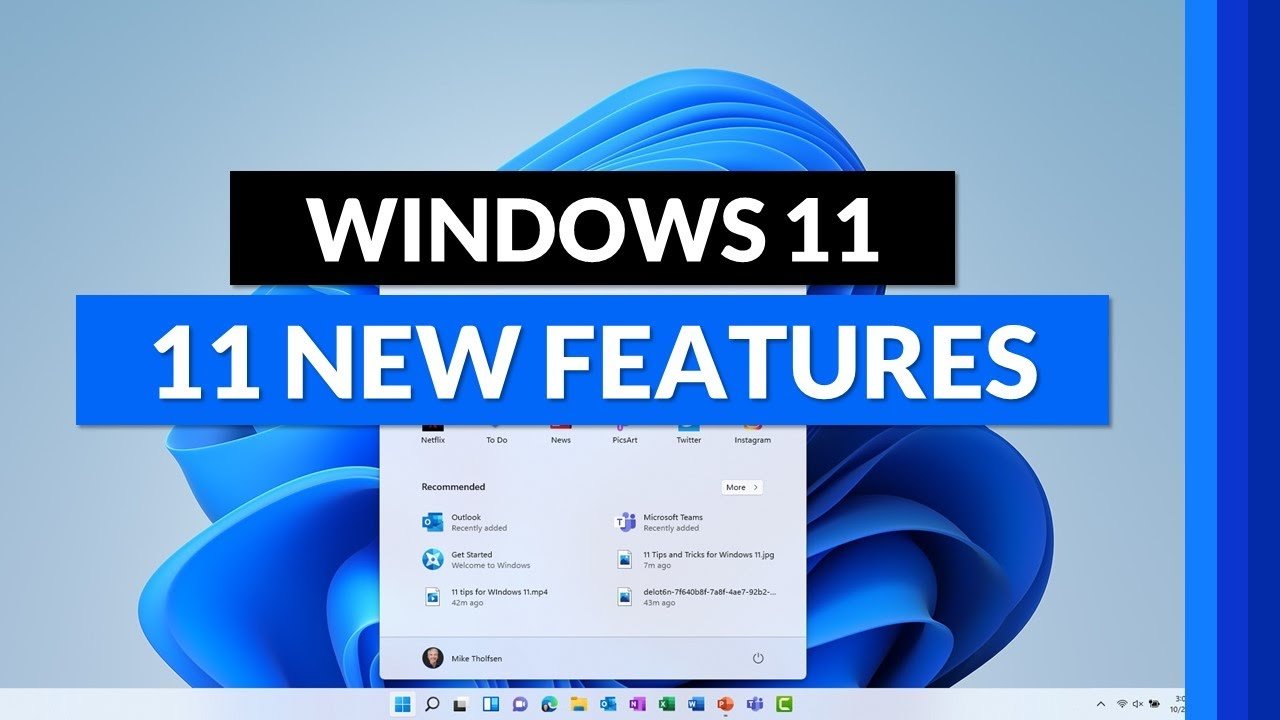In today’s globalized world, knowing multiple languages can be a significant advantage. Using the right software for learning a new language can make this process easier and more enjoyable. Whether you’re a beginner or looking to brush up on your skills, the right software can help you achieve fluency faster. In this article, we’ll guide you through some of the best software options available for learning a new language and explain how they can benefit your language-learning journey.
Why Use Software for Learning a New Language?
Using software for learning a new language offers several advantages. It provides a structured learning environment, interactive exercises, and immediate feedback. Additionally, language-learning software often incorporates multimedia elements like videos and quizzes to enhance engagement. By integrating these tools into your study routine, you can improve your language skills more efficiently.

Top Features to Look for in Language-Learning Software
Before choosing software for learning a new language, it’s essential to consider several key features:
1. Interactive Lessons
Interactive lessons are crucial for keeping learners engaged. Look for software that offers interactive exercises, such as speaking and listening activities, which mimic real-life conversations. This feature helps you practice pronunciation and comprehension effectively.
2. Progress Tracking
Good software tracks your progress and provides feedback on areas where you need improvement. Progress tracking helps you stay motivated by showing how much you have learned and what you need to focus on next.
3. Language Practice Opportunities
Language practice is vital for mastering a new language. Choose software that provides ample opportunities to practice speaking, writing, and listening. Features like chatbots or language exchange platforms can simulate real conversations.
4. Personalized Learning Paths
Personalized learning paths adapt to your skill level and learning pace. This customization ensures that you are challenged appropriately and can progress at a comfortable rate.
5. Multimedia Content
Multimedia content, including videos, audio clips, and interactive games, makes learning more engaging. Look for software that integrates various forms of media to enhance your learning experience.
Top Software for Learning a New Language
Here are some of the best software options for learning a new language:
1. Duolingo
Duolingo is a popular choice for language learners due to its user-friendly interface and gamified learning experience. The software offers lessons in a wide range of languages and uses a point system to motivate users. Duolingo’s interactive exercises and progress tracking make it a valuable tool for beginners and advanced learners alike.
2. Rosetta Stone
Rosetta Stone is well-known for its immersive approach to language learning. It focuses on visual and auditory learning, helping you build vocabulary and grammar skills through contextual clues. Rosetta Stone’s language immersion method is effective for learners who want to practice pronunciation and conversational skills.
3. Babbel
Babbel provides structured lessons designed by language experts. The software emphasizes practical language use and conversational skills, making it ideal for learners who want to use their new language in real-life situations. Babbel’s lessons cover various topics, from travel to business.
4. Memrise
Memrise combines language learning with mnemonic techniques and spaced repetition. This approach helps reinforce vocabulary and grammar through engaging memory aids. Memrise also offers interactive video content featuring native speakers, which enhances listening skills and cultural understanding.
5. Pimsleur
Pimsleur is known for its audio-based language lessons. The software focuses on listening and speaking skills, using a method that emphasizes pronunciation and conversation. Pimsleur’s audio lessons are convenient for learners who prefer to study on the go.
6. HelloTalk
HelloTalk connects language learners with native speakers through a language exchange platform. Users can chat via text, voice, or video calls, providing real-life practice and cultural exchange. HelloTalk’s interactive format helps improve conversational skills and build language confidence.
7. Tandem
Tandem offers a similar language exchange experience to HelloTalk but includes additional features such as professional tutoring. Users can find language partners based on their learning goals and practice with native speakers through text, voice, or video calls.
8. Busuu
Busuu provides a comprehensive language-learning experience with interactive lessons, grammar exercises, and speaking practice. The software also offers feedback from native speakers, which is valuable for improving your language skills.
9. Lingodeer
Lingodeer offers lessons in multiple languages with a focus on grammar and vocabulary. The software includes interactive exercises and gamified learning to keep users engaged. Lingodeer’s structured approach makes it suitable for learners at different levels.
10. Anki
Anki is a flashcard software that uses spaced repetition to help learners memorize vocabulary and phrases. Users can create custom flashcards or download pre-made decks for various languages. Anki’s flexibility and effectiveness in reinforcing learning make it a valuable tool for language learners.
Conclusion
Choosing the right software for learning a new language can significantly impact your learning experience. By selecting tools that offer interactive lessons, progress tracking, and multimedia content, you can enhance your language skills effectively. Whether you prefer a gamified approach, immersive lessons, or language exchange, there’s a software option to suit your needs. Embrace these tools to make your language-learning journey enjoyable and productive.











